Creamy gluten-free mashed potatoes
This post contains affiliate links
Creamy gluten-free mashed potatoes are made with only 4 ingredients and are undoubtedly a perfect side dish for any family dinner. Because what kid doesn’t like mashed potatoes? Here comes the gluten-free recipe for this beloved classic.
The post has extra tips to make sure the recipe comes out amazing on your first try. If you're in a rush, use the link above to jump to the recipe card at the end! 👩🍳🔝

Gluten-free mashed potato recipe
Why this recipe works
- Tested recipe: I learned this recipe from my mum when I was still a child, and this is the exact way I make it to date. There is nothing that needs to be changed; it is perfect.
- Easy-to-make: Mashed potatoes are one of the easiest recipes to make, and this recipe is great even for beginner cooks. They make a perfect easy weeknight meal.
- Family-friendly: This is a great recipe for a quick family dinner or a hearty holiday feast.
- Gluten-free: Of course, this recipe, like all recipes on my blog, is 100% gluten-free and is safe for you if you are following a gluten-free diet.
- Delicious: I firmly believe that these are not your regular mashed potatoes; this is the best mashed potato recipe you will ever come across.
Ingredients
To make these creamy mashed potatoes, you will need only 4 simple ingredients:
- Potatoes: I have found that regular white-washed potatoes work best for this recipe. For my readers in the US, I recommend using Yukon Golds or Russet potatoes; both have high starch content, resulting in a creamy texture when mashed, making them ideal choices for smooth and fluffy mashed potatoes. When shopping for potatoes, look for fresh potatoes, firm to the touch.
- Whole Milk: Many people use heavy cream to make mashed potatoes, but I’ve found that cream can make them unnecessarily heavy. Use organic milk if possible.
- Butter: A little bit of unsalted butter adds a delicious buttery flavor and creamy texture.
- Parmesan: Here’s my secret ingredient; a handful of Parmesan cheese (Parmigiano Reggiano) will make all the difference, adding a special twist to traditional mashed potatoes.
- Sea Salt & Pepper: To season.
Find the full recipe in the recipe card below
How to make gluten-free mashed potatoes
- Cook the Potatoes:
- Wash, peel, and dice your potatoes.
- Place potatoes in a large pot. Add just enough water to cover the potatoes and season with salt. Do not add too much water.
- Bring the water to a boil over medium-high heat. Reduce the heat to low and simmer for 15-20 minutes or until the potatoes are soft and easily pierced with a knife.
- Prepare the Milk and Butter Mixture:
- While the potatoes are cooking, in a small saucepan, heat the milk and unsalted butter over medium-low heat. Heat until the milk is hot, and the butter is completely melted. Remove from heat.

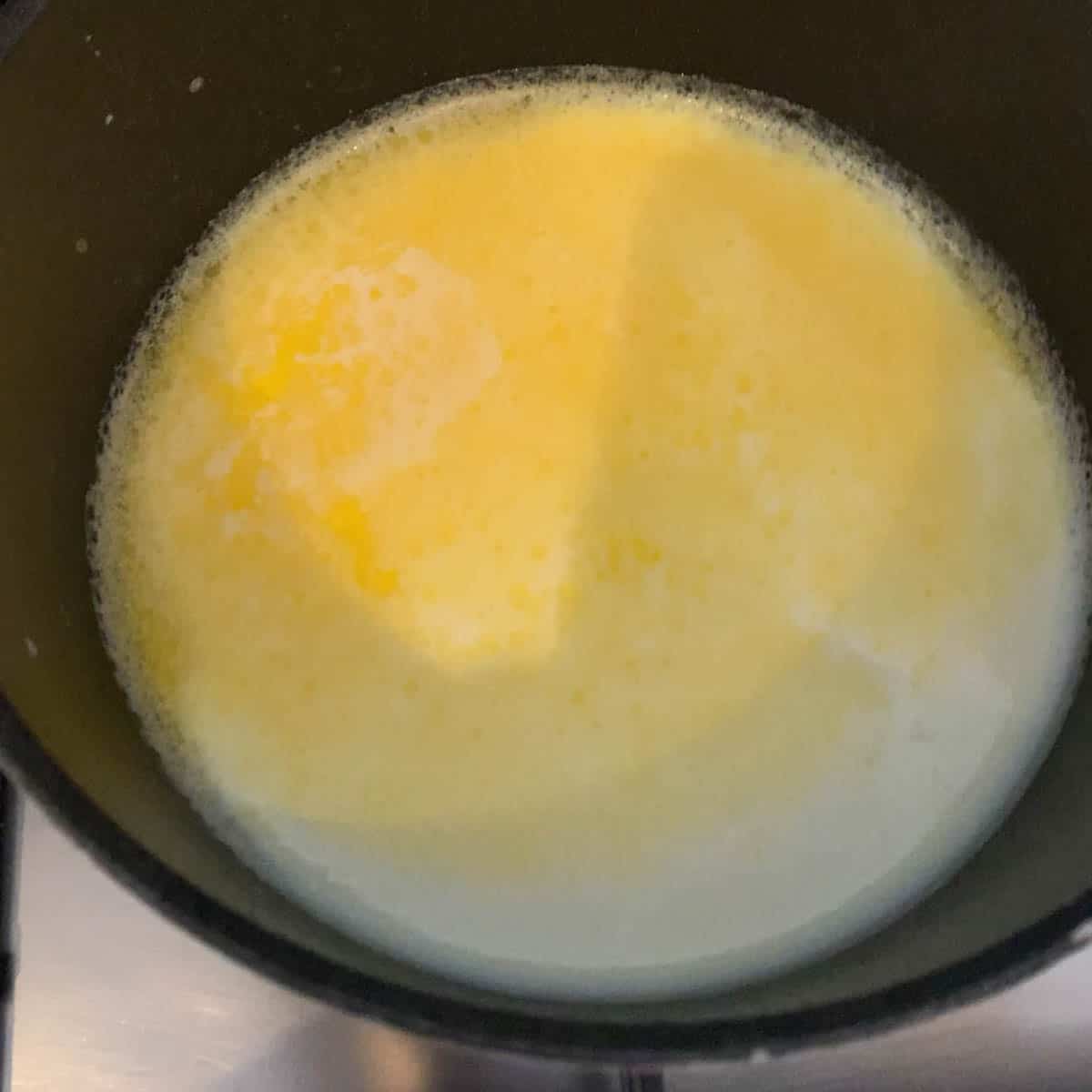
- Check the Potatoes:
- To ensure the potatoes are done, use a knife to pierce through a potato cube. If it goes through easily, they are ready.
- Drain and Mash:
- Drain the potatoes thoroughly and return them to the saucepan.
- Pour the hot milk and butter mixture over the potatoes.
- Using a hand potato masher, mash the potatoes until smooth and creamy. If you prefer chunkier mashed potatoes, mash them to your desired consistency.
- Add Parmesan and Season:
- Add the finely shredded cheese to the mashed potatoes. Mix gently to combine.
- Season the mashed potatoes with freshly ground black pepper to taste. Adjust the salt if necessary. Serve alongside your favorite main dish. Enjoy your delicious, homemade mashed potatoes!


- Feel free to add your favorite fresh herbs.
Perfect Thanksgiving gluten-free side dish
Mashed potatoes are a great side dish for the holiday season, beloved by all ages. They’re smooth, buttery, and simply delicious, making them a comforting addition to any holiday meal.
Whether you enjoy them with Thanksgiving turkey and gluten-free gravy or savor them on their own, their creamy texture and flavorful taste make them a crowd-pleaser.
Mashed potatoes bring that familiar and cozy feeling to the Thanksgiving table, making everyone feel at home during the festive feast.
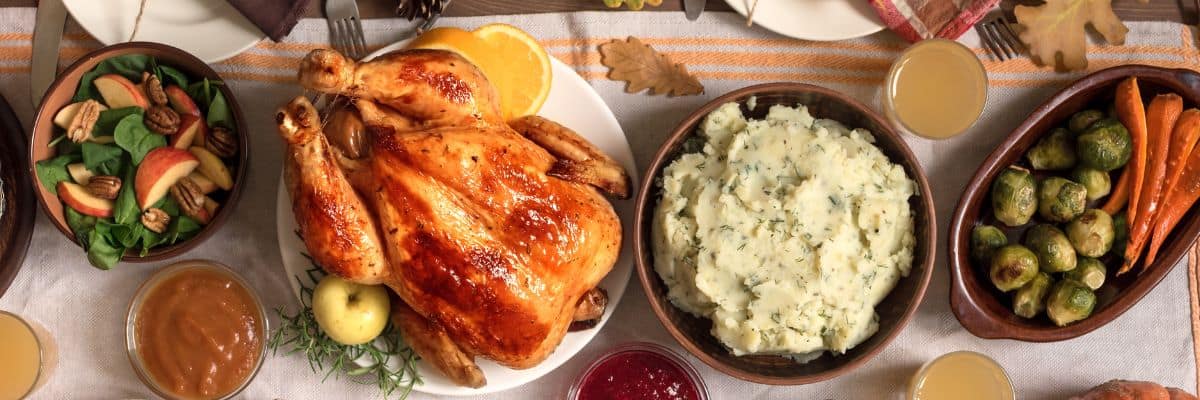
Other ways to serve mashed potatoes
The beauty of this recipe is that it is incredibly versatile. There are countless ways to savor mashed potatoes; here are a couple of our favorites:
- Pair with Grilled or Baked Chicken: Creamy mashed potatoes make the perfect companion to crispy, flavorful chicken, enhancing the dish with their comforting texture.
- Serve alongside Baked Fish: The rich, buttery notes of mashed potatoes beautifully complement the tender flakiness of baked fish, creating a satisfying and harmonious combination.
- Accompany Meatballs in Tomato Sauce: Spooning velvety mashed potatoes over meatballs swimming in savory tomato sauce adds a hearty and indulgent layer to this classic comfort food.
- Enhance Creamy Salmon Dishes: Creamy salmon finds its ideal partner in mashed potatoes, as the smooth consistency of the potatoes balances the bold flavors of the salmon, resulting in a luxurious and well-rounded meal.
- Top with Fried Eggs: Elevate your breakfast or brunch game by serving mashed potatoes topped with perfectly fried eggs.
- Transform into Croquettes: Repurpose leftover mashed potatoes into Spanish croquettes.
Best recipes to serve with mashed potatoes
How to store mashed potatoes
Storing: If you have leftovers, make sure they are cooled down to room temperature before refrigerating.
Transfer the mashed potatoes to an airtight container. Smooth the surface with a spatula to remove any air pockets. Seal the container tightly.
Mashed potatoes can be safely stored in the refrigerator for up to 3-4 days.
Reheating: When you’re ready to enjoy the leftovers, reheat them on the stovetop or in the microwave. To maintain their creamy texture, add a splash of milk while reheating and stir well. Heat until the mashed potatoes are thoroughly warm, stirring occasionally.
How to freeze mashed potatoes
Freezing: If you don’t plan to eat the leftovers the next day or two, mashed potatoes can also be frozen. Place them in a freezer-safe, airtight container. Ensure there’s some space at the top because mashed potatoes expand as they freeze. Label the container with the date. Frozen mashed potatoes can be stored for 1-2 months.
Thawing: To thaw frozen mashed potatoes, transfer the container from the freezer to the refrigerator. Let them thaw slowly overnight. When reheating, follow the same process as for refrigerated leftovers, adding a bit of milk or cream to restore.
TIPS for the Perfect Recipe:
- Cut Potatoes into Small Pieces: To save time and ensure even cooking, cut the potatoes into small, uniform pieces before boiling.
- Keep Potatoes Warm: If you need to keep your mashed potatoes warm until serving, place them in an oven set to 120°F (50°C).
- Avoid Overprocessing: When mashing potatoes, opt for a hand masher over an electric hand mixer or food processor. Overprocessing will make the potatoes gooey.
More Delicious Gluten-Free Potato Recipes:
Explore our collection of delicious gluten-free potato recipes, including the flavorful Turkish potatoes recipe. Discover a variety of creative and tasty ways to enjoy this versatile ingredient. Happy cooking!
Have you tried this recipe? If so, I'd greatly appreciate it if you could leave a star rating and share your thoughts in a comment. Your feedback means a lot to me, and it can also help others who are interested in trying it out. Thank you! 🌟👩🍳
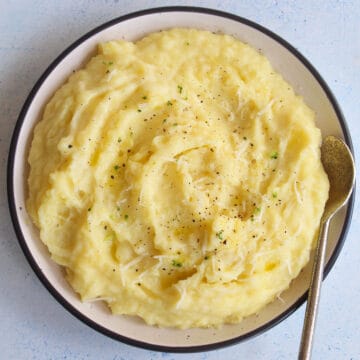
Gluten-free mashed potatoes
Ingredients
- 0.5 kg potatoes (about 1 lb) such as white-washed potatoes, Yukon Golds or Russet potatoes. peeled and cut into chunks.
- 1/2 cup whole milk
- 1/4 cup unsalted butter
- 1/4 cup grated Parmesan cheese
- sea salt and black pepper to taste
Instructions
Cook the Potatoes:
- Wash, peel, and dice your potatoes.
- Place potatoes in a large pot. Add just enough water to cover the potatoes and season with salt. Do not add too much water.Bring the water to a boil over medium-high heat.
- Reduce the heat to low and simmer for 15-20 minutes or until the potatoes are soft and easily pierced with a knife.
Prepare the Milk and Butter Mix
- While the potatoes are cooking, in a small saucepan, heat the milk and unsalted butter over medium-low heat. Heat until the milk is hot, and the butter is completely melted. Remove from heat.
Check the Potatoes:
- To ensure the potatoes are done, use a knife to pierce through a potato cube. If it goes through easily, they are ready.
Drain and Mash:
- Drain the potatoes thoroughly and return them to the saucepan. Pour the hot milk and butter mixture over the potatoes.Using a hand potato masher, mash the potatoes until smooth and creamy. If you prefer chunkier mashed potatoes, mash them to your desired consistency.
Add Parmesan and Season:
- Add the finely grated cheese to the mashed potatoes. Mix gently to combine.Season the mashed potatoes with freshly ground black pepper to taste. Adjust the salt if necessary.
Notes
- Cut Potatoes into Small Pieces: To save time and ensure even cooking, cut the potatoes into small, uniform pieces before boiling.
- Keep Potatoes Warm: If you need to keep your mashed potatoes warm until serving, place them in an oven set to 120°F (50°C).
- Avoid Overprocessing: When mashing potatoes, opt for a hand masher over an electric hand mixer or food processor. Overprocessing will make the potatoes gooey.
- Never add cold milk, always warm it up before adding milk to potatoes.

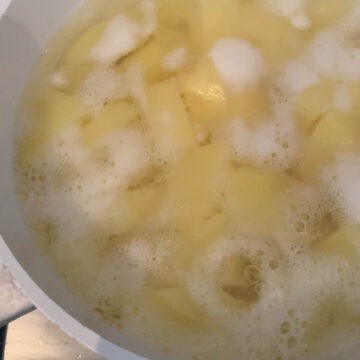

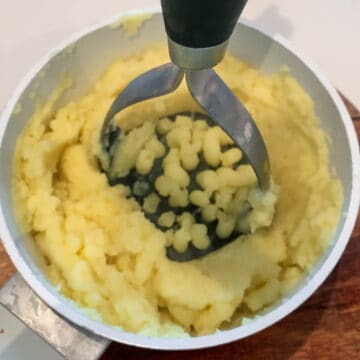
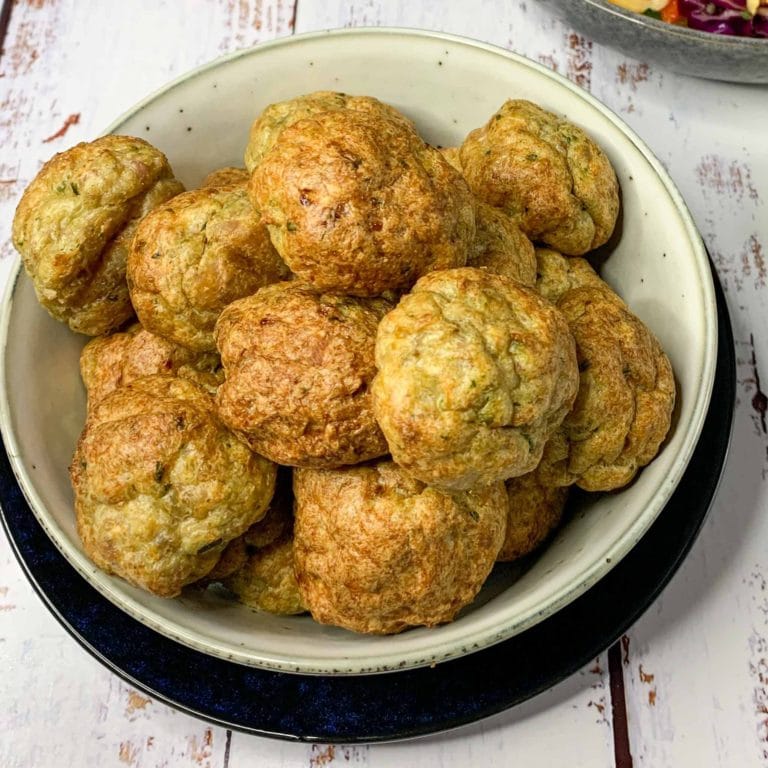
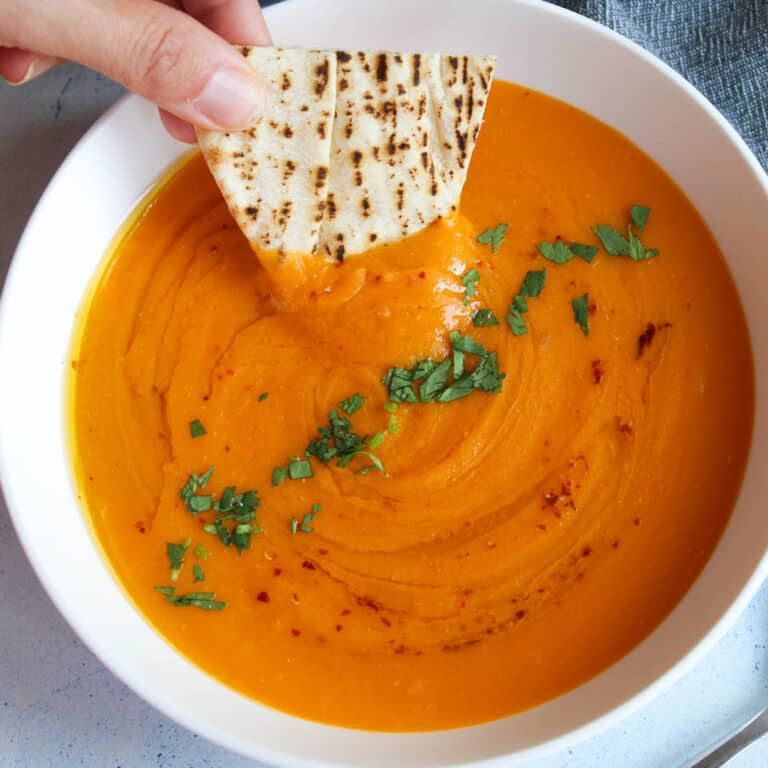
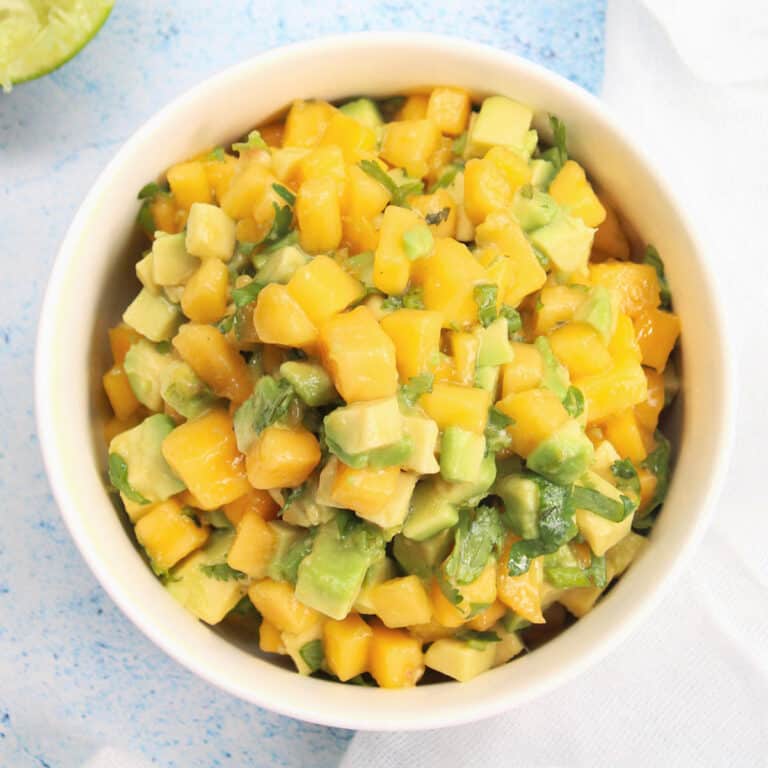
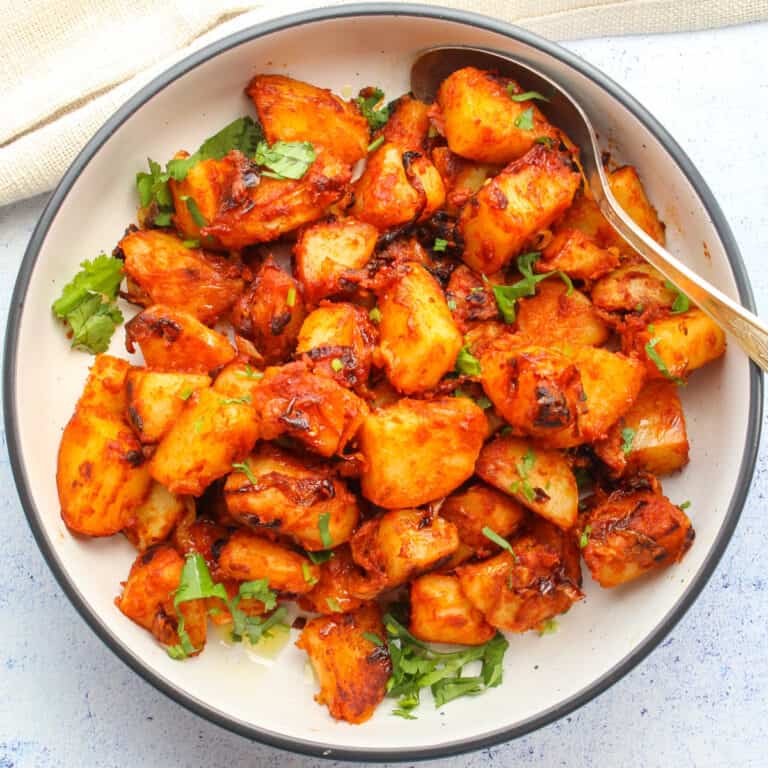
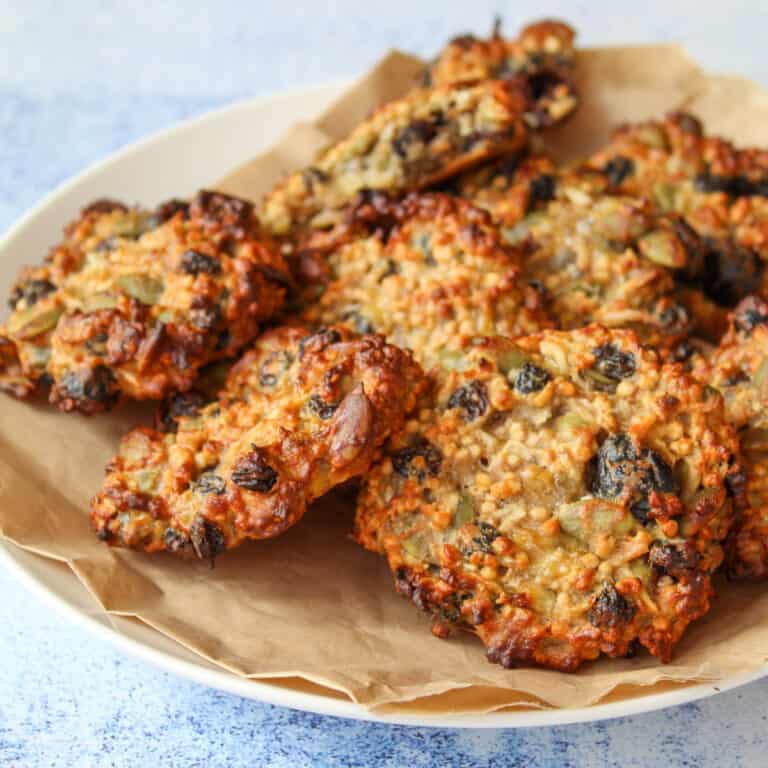
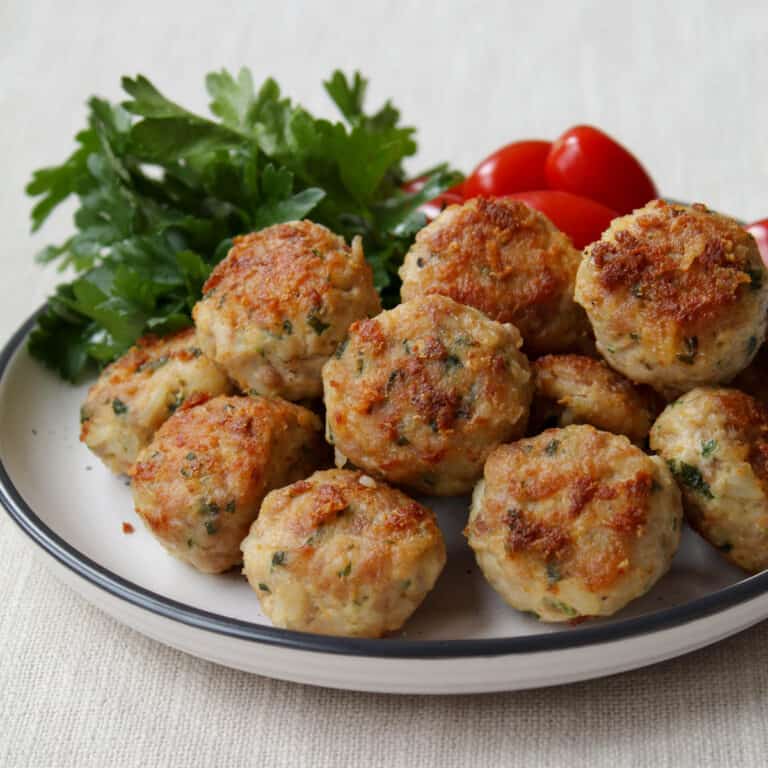
!!!!!!!Gefällt mir.